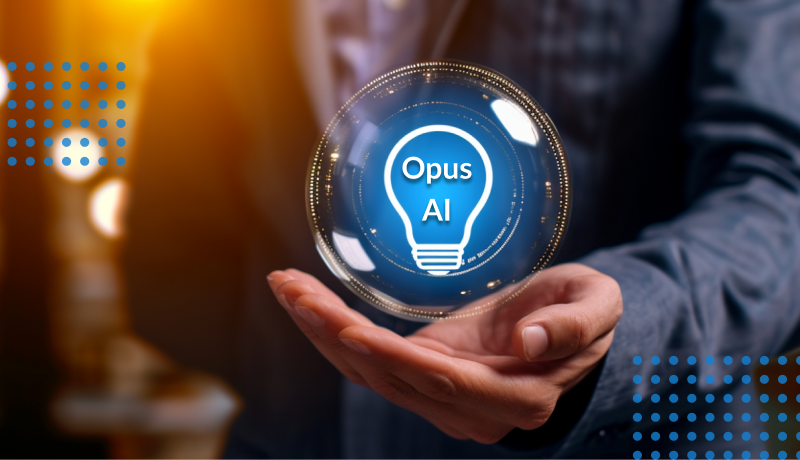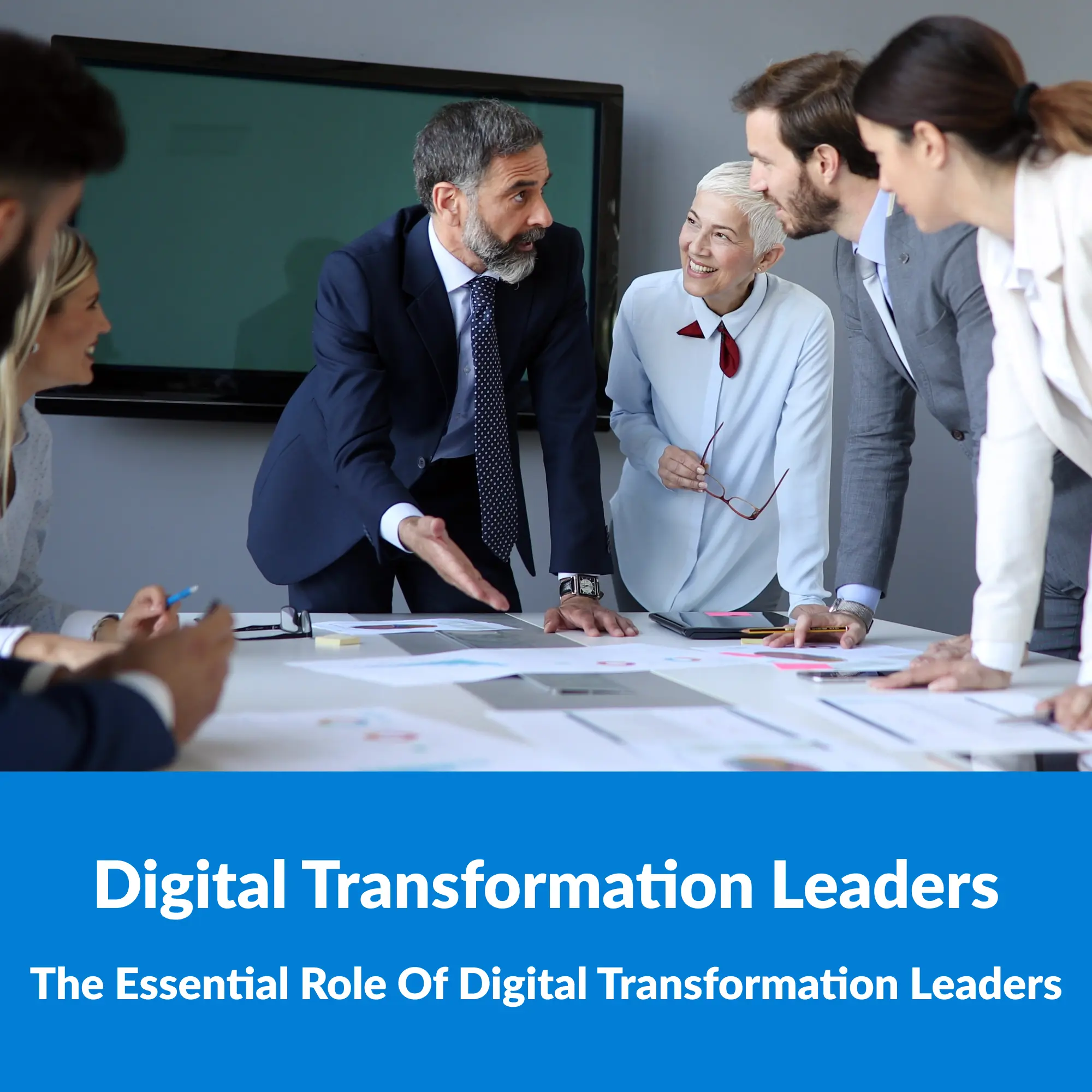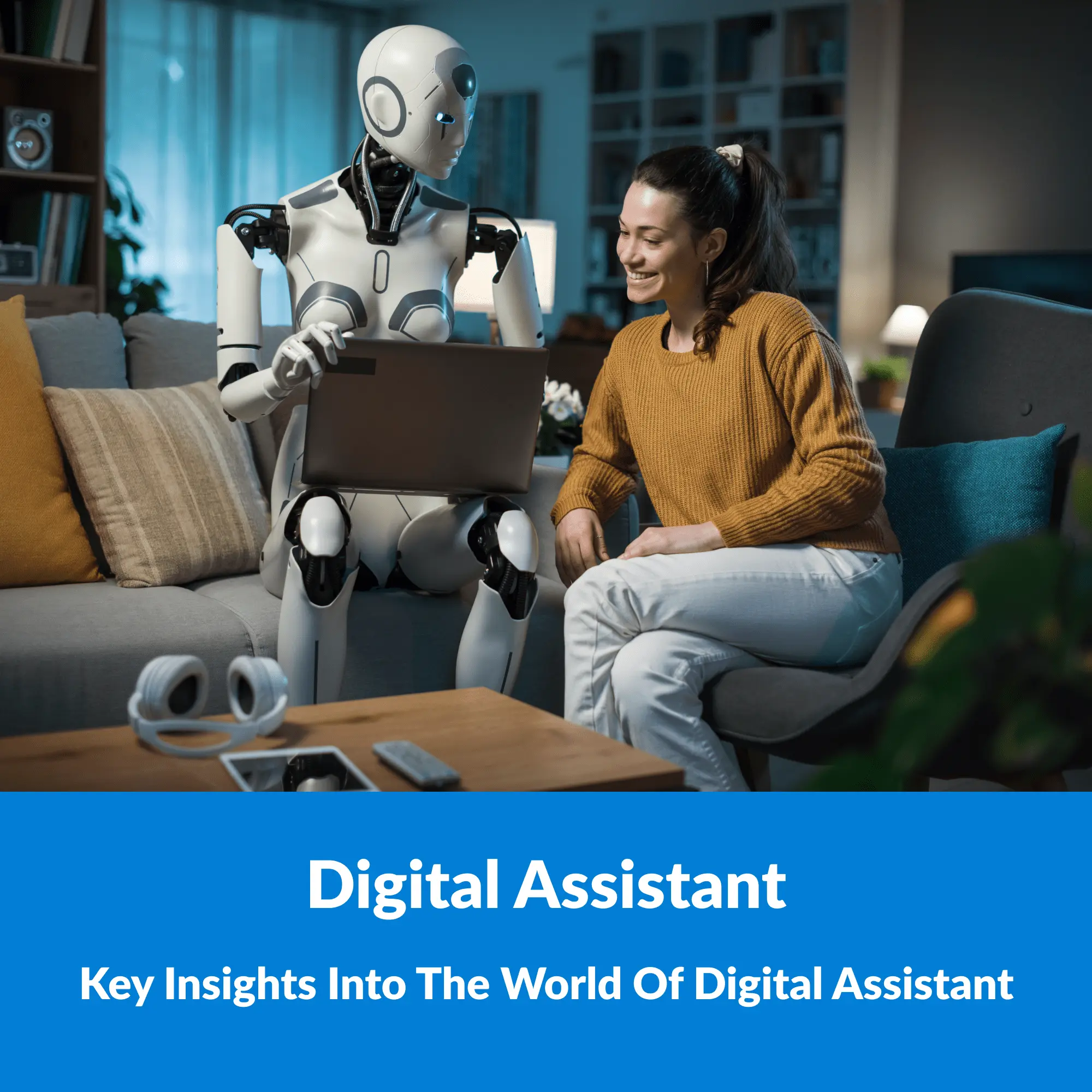Artificial intelligence (AI) has become a driving force behind innovation, reshaping industries and pushing the boundaries of what technology can achieve. The evolving landscape of artificial intelligence (AI) presents two distinct paradigms: Generative AI vs. Predictive AI. Both have transformative potentials, but they differ fundamentally in their applications and implications. These cutting-edge technologies hold the potential to revolutionize various fields and redefine how we interact with data, applications, and systems. In this in-depth exploration, we will dissect the concepts of Generative AI vs. Predictive AI, highlighting their significance, practical applications, benefits, associated risks, and, most importantly, the key distinctions that set them apart.
Generative AI: Creating Content Creatively
Generative AI represents a groundbreaking branch of artificial intelligence focused on creating content, be it text, images, music, or even code, that is creative and engaging. Unlike conventional AI systems that rely on predefined rules or patterns, generative AI leverages deep learning models, particularly Generative Adversarial Networks (GANs) and Transformers, to generate content autonomously. This technology essentially enables machines to “imagine” and produce content that was not explicitly programmed, making it a remarkable leap forward in the field of AI.
Why is Generative AI Important?

Generative AI holds immense importance due to its ability to foster creativity, innovation, and automation across diverse domains. Some key reasons why Generative AI is garnering widespread attention include:
- Creative Content Generation: Generative AI can create art, literature, music, and design that is both original and compelling. This opens up new possibilities for creative industries and artists.
- Efficiency and Automation: In fields such as content generation, code creation, and design, Generative AI accelerates processes and reduces the need for human intervention, increasing productivity.
- Personalization: Generative AI can tailor content to individual preferences, leading to highly personalized user experiences in marketing, entertainment, and beyond.
- Innovation Catalyst: It serves as a powerful tool for brainstorming and idea generation, aiding researchers, scientists, and innovators in exploring uncharted territories.
| Coming Soon: Opus: A Case Study in AI Adoption Opus is a digital adaptation platform designed to address a common challenge faced by medium to large organizations – the adoption of complex applications and software. These applications, while feature-rich, often present a significant learning curve for users. Opus steps in to simplify this process, making interactions with critical enterprise applications more efficient. In a groundbreaking development, Opus is set to leverage Generative AI within its in-application component, known as Opus Advisor, in a four phased approach throughout 2024 and into 2025. The use of AI will enhance the users experience and streamline the adoption of complex software solutions and, more importantly, enable Opus to become a centralized point of engagement with information from across the enterprise to facilitate workforce effectives beyond the realm of applications. |

Benefits and Risks of Generative AI
Generative AI, with its ability to create content autonomously, offers numerous advantages. It enhances creativity, streamlines content generation, and provides highly personalized user experiences. Moreover, it serves as a catalyst for innovation and can boost productivity significantly. However, Generative AI also comes with potential drawbacks, including the risk of misuse for malicious purposes, concerns related to bias and ethics in generated content, and the need for vigilant quality control to ensure the accuracy and reliability of the output. Balancing its remarkable potential with responsible and ethical usage is key to harnessing the full power of Generative AI.
| Benefits | Risk |
| – Creativity Enhancement: It augments human creativity by providing inspiration and generating novel ideas. – Efficiency: Automates content generation and reduces repetitive tasks. – Personalization: Customizes content and experiences for users. – Innovation: Sparks new avenues for research and development. | – Misuse: Generative AI can be employed for malicious purposes, such as generating fake news or deepfake videos. – Bias and Ethical Concerns: The data used to train these models may carry biases, leading to biased output. – Quality Control: Generated content may vary in quality and accuracy. |
Some example of Generative AI Tools
Generative AI has seen the emergence of various powerful tools and models. Notable examples include:
- Bard of Google: Google’s AI system known for its creative writing capabilities.
- ChatGPT: A viral sensation, ChatGPT engages in natural language conversations.
- Jasper, Lex, AI-Writer: Tools for text generation.
- Midjourney, Stable Diffusion, Dall-E: Prominent in image generation.
- AIVA, Soundful, Boomy, Amper, Dadabots, MuseNet: Tools for music composition.
- Codex, codeStarter, Tebnine, PolyCoder, Cogram, CodeT5: Specialized code generation tools.
See more Generative AI Tools here.
Predictive AI: Forecasting the Future

Predictive AI, on the other hand, is a branch of artificial intelligence focused on forecasting future outcomes based on historical data, patterns, and trends. This approach utilizes machine learning algorithms, statistical models, and data analytics to make predictions and recommendations. Predictive AI is all about harnessing the power of data to make informed decisions and optimize processes.
Why is Predictive AI Important?
Predictive AI plays a pivotal role in modern business and technology landscapes for several reasons:
- Data-Driven Decision-Making: It empowers organizations to make data-driven decisions, enhancing efficiency and effectiveness.
- Risk Mitigation: Predictive AI identifies potential risks and opportunities, helping organizations stay ahead of the competition.
- Personalization: It enables personalized recommendations and user experiences in various sectors, such as e-commerce and healthcare.
- Resource Optimization: Predictive AI optimizes resource allocation, from inventory management to energy consumption.
Predictive AI Use Cases
Predictive AI’s applications are extensive and continue to grow:
- Financial Forecasting: It assists in predicting market trends, stock prices, and financial risks.
- Healthcare: Predictive AI aids in disease diagnosis, treatment planning, and patient outcome prediction.
- Marketing: It enables targeted advertising, customer segmentation, and demand forecasting.
- Manufacturing: Predictive AI optimizes supply chain management, maintenance schedules, and production planning.
- Customer Service: Chatbots and virtual assistants use predictive AI to provide personalized support.
Benefits and Risks of Predictive AI
Predictive AI, with its ability to forecast future outcomes based on data, offers significant advantages. It empowers organizations with data-driven decision-making, enhances efficiency, and optimizes processes. By identifying potential risks and opportunities, it enables proactive strategies and competitive advantages. However, Predictive AI also poses challenges, including concerns about data privacy and security when handling sensitive information.
The accuracy of predictions is dependent on the quality of training data, and ethical considerations surrounding potential bias in predictions need to be addressed. Overall, when used responsibly, Predictive AI can be a powerful tool for organizations to gain insights and maintain a competitive edge in their respective industries.
| Benefits | Risk |
| – Improved Decision-Making: It provides insights for better strategic decisions. – Efficiency: Optimizes processes and resource allocation. – Competitive Advantage: Identifies opportunities and threats in advance. | – Data Privacy: Handling sensitive data for predictions requires strict security measures. – Accuracy: Predictive models are only as good as the data they are trained on. – Ethical Concerns: Bias in training data can lead to unfair predictions. |
Some examples of Predictive AI tools and platforms:
These are just a few examples of the many Predictive AI tools and platforms available, each catering to different needs and industries. Organizations can choose the tool that best suits their specific predictive analytics requirements.
- IBM Watson: IBM Watson offers a wide range of AI and machine learning services, including predictive analytics, to help organizations make data-driven decisions.
- Salesforce Einstein: Salesforce Einstein is an AI-powered platform that provides predictive analytics and recommendations to enhance customer relationship management and sales processes.
- Google Cloud AutoML: Google Cloud’s AutoML suite includes predictive AI tools that enable users to build custom machine learning models for various applications.
- Azure Machine Learning: Microsoft’s Azure Machine Learning platform offers predictive analytics capabilities, making it easier for organizations to build, deploy, and manage predictive models.
- RapidMiner: RapidMiner is a data science platform that includes predictive analytics features for data preparation, modeling, and deployment of predictive models.
- DataRobot: DataRobot is an automated machine learning platform that helps organizations build and deploy predictive models quickly and efficiently.
- H2O.ai: H2O.ai offers open-source machine learning and predictive analytics platforms designed for data science and machine learning teams.
- SAS Predictive Analytics: SAS provides a suite of predictive analytics tools and solutions to help organizations uncover insights and make data-driven decisions.
- Alteryx: Alteryx is a data analytics platform that includes predictive analytics capabilities for data blending, modeling, and advanced analytics.
- KNIME: KNIME is an open-source data analytics and machine learning platform that supports predictive modeling and data analytics workflows
The Difference between Generative AI vs. Predictive AI
While both Generative AI vs. Predictive AI represent groundbreaking AI approaches, they serve distinct purposes:
- Generative AI: Focuses on creating entirely new content autonomously, fostering creativity and innovation, and automating content generation and personalization.
- Predictive AI: Concentrates on forecasting future outcomes based on historical data, enhancing data-driven decision-making, optimizing processes, and providing personalized recommendations.
The key difference lies in Generative AI vs. Predictive AI core functions: generative AI creates new, original content or solutions, while predictive AI analyzes existing data to forecast future outcomes. Both have unique strengths and limitations, making them suitable for different applications.
Conclusion
Generative AI vs. Predictive AI are two of the most transformative technologies in the field of artificial intelligence, each with its distinct strengths and applications. Generative AI revolutionizes content creation and fosters creativity, while Predictive AI empowers organizations with data-driven insights for enhanced decision-making. As both technologies continue to evolve, their impact on industries and society at large will become increasingly profound.
The careful and responsible integration of these AI paradigms presents an exciting opportunity to unlock new possibilities and drive innovation in countless domains, shaping the future of technology in ways we are only beginning to comprehend. Whether it’s the creative potential of Generative AI or the predictive power of Predictive AI, these advancements will undoubtedly continue to shape the way we interact with the world around us, marking a new era in the age of artificial intelligence.





